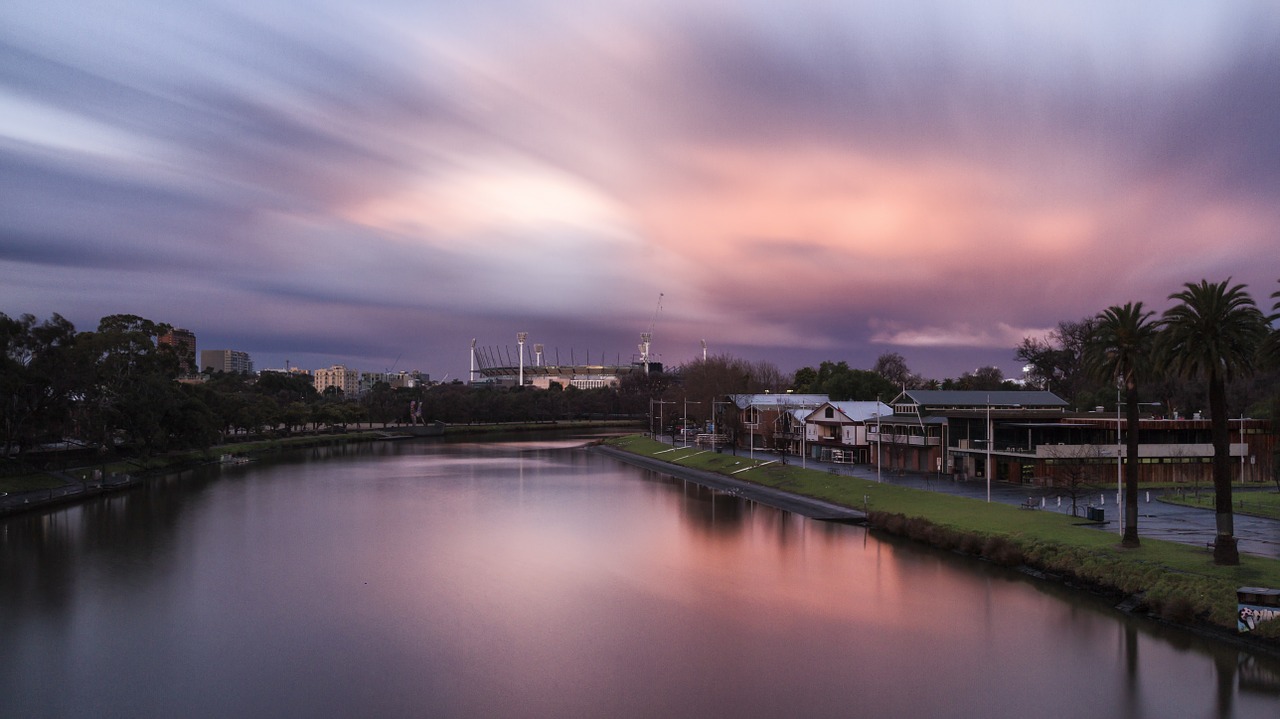FUN FACT: Sydney's driest month is still WETTER than Melbourne's wettest
Melbourne is renowned for its changeable weather and people tend to think of it as a persistently wet kind of city, but as we've told you before here at Weatherzone, it's nowhere near as wet as Sydney in terms of total rainfall.
- Indeed, Sydney's annual average rainfall of 1213.4 mm is almost double Melbourne's 648.3 mm.
When you measure rain days, as in, the number of days on which at least 0.2 mm of rain falls, the picture inverts significantly.
- Melbourne has 150.6 rain days compared to 143.2 in Sydney. So while Sydney has slightly fewer rain days, the rain that does fall tends to be a lot heavier.
But there's another stat which emphasises the degree to which Sydney receives more rain than Melbourne, and that's the monthly rainfall totals.
- Incredibly, Sydney's driest month (September 68.1 mm) is still wetter on average than Melbourne's wettest month (October 66.0 mm).
Yes, you read that right. Or to flip it round the other way, the average wettest month in Melbourne is still not as wet as Sydney's average driest month.

Image: Typical Melbourne. Looks threatening. A drip and a drop, but little accumulation compared to Sydney. Source: Cleverpix via Pixabay.
In case you're wondering, we were crunching rainfall stats today because it's mostly dry in all the capital cities (and pretty much everywhere in between) and we were wondering how often in winter you get a day with no rain in any of the capital cities.
The short answer is not too often, but we hope to bring you the precise answer in coming days.
Some parts of Australia are of course typically very dry or relatively dry by local standards in August.
- It's currently the dry season in Darwin, for example, with close to zero rainfall expected throughout winter, and an average of just 1.6 mm in August.
- August is also Sydney's fourth-driest month, with an average of 80.2 mm in the gauge
- And August is Brisbane's second-driest month, with an average of 35.4 mm.
But Perth, Hobart, Melbourne and Adelaide all experience on average at least 15 rain days in August, when the ground is at least a little bit wet at some point during the day. Canberra also has around 10 rain days in a typical August.
So for all eight capitals to go rain-free on the same day in the month of August is pretty unusual. Wednesday August 18, 2021, looked like it would be such a day, but that's no longer the case after 0.4 mm of rain was recorded in Melbourne.